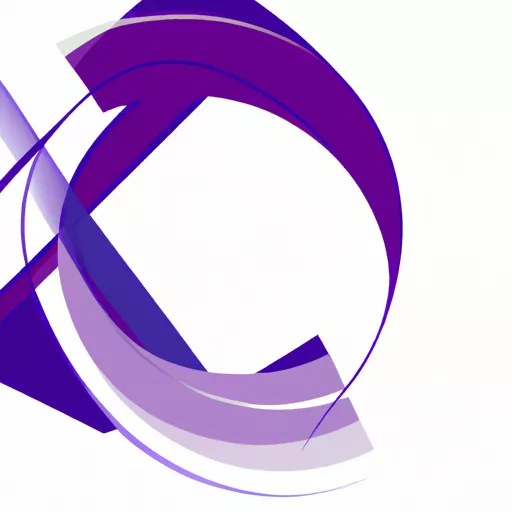
Asymmetry is what comes to mind when it comes to web design. The relentless pursuit of symmetry balance on a website has become outdated. Despite its sophistication, asymmetrical design is not accessible to many.
Oh, asymmetry, what would we do without you? It gives a website individuality and uniqueness. Observing these trends, one can identify how design trends are progressing. More and more websites are searching for their own property in the form of asymmetrical layouts, playing with shapes and contrasts.
Playing with shapes and contrastsAsymmetry in design is the art of finding balance between different elements using asymmetric shapes and contrasts. It is nothing more than the ability to find harmony in diversity.
Here are a few examples of how asymmetry can transform your design.
1. Amazing path: asymmetric panels
Asymmetry can be the perfect solution for presenting content on a website. Instead of a traditional layout, you can divide the page into asymmetrical panels that will help highlight the desired content and create visual dynamics. This will be a source of eye-catching design solutions.
2. Grouping with asymmetry
Grouping is the foundation for creating design. Asymmetry offers new options: grouping elements into asymmetric blocks adds interest and movement. In this case, the asymmetric composition stimulates the user's visual attention and keeps their gaze on the page.
3. Planned asymmetry
Asymmetry can be deliberate or imitated. With asymmetry, you can create a flat space that looks exciting and dynamic. Here, the play between plane and volume is achieved through carefully thought-out lines and contrasts.
4. Using negative space
Using negative space is the art of playing with emptiness. In asymmetrical design, negative space plays an important role - it allows you to create harmony between different elements and separate them from each other. Dense and empty areas help create balance, allowing you to properly highlight elements on the page.
5. Asymmetry in typography
Asymmetry can extend not only to visual elements of the page, but also to the use of typography. You can create asymmetrical blocks with indents, as well as play with different heights of text and its placement. Asymmetry in typography helps highlight and emphasize the desired text elements.
Conclusion
Asymmetry is the art of creating harmony through the use of asymmetric shapes and contrasts. In web design, asymmetry is an effective way to grab the user's attention, create interest, and provide continuous movement on the page. Asymmetrical layouts allow designers to express their individuality and creativity, bringing in fresh and elegant boldness. This is a great way to attract the attention of users and stand out among other websites.
Design where rules are broken, creates asymmetry and emphasizes the uniqueness of the site. Choose asymmetry in design if you want your site to stand out in the art of shapes and contrasts. Remember that asymmetry is the art of finding balance, and only in well thought-out and organized asymmetry can you create a design that inspires and challenges the concept of balance.


